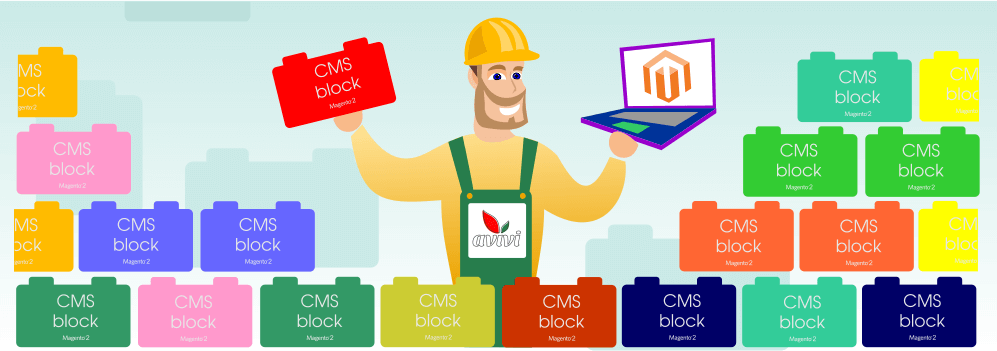Implementation of micro-markup — improving the visibility of the site. On the example of an online clothing store
26 September 2024
next article
In today's digital world, website optimization is the key to success. One of the mandatory ways to achieve this most effectively is the implementation of micro-markup. In this article, we will look at the essence of micro-markup and the case of an online women's clothing store, where the implementation of structured data significantly improved the site's visibility in search engines and increased user engagement.
About micro-marking
If you have not met the concept of micro-marking from the IT field, then you have definitely seen the result of its work. Without further explanation, I will immediately show an example of a Google search for an arbitrary word, let's type "cucumber".

As you can see, the first result consists not only of the title and text, but also has additional nested items with a description - the so-called extended snippet. All this is thanks to the implemented micro-markup, which helps search engines to better understand the content of the site and provide users with more comprehensive and structured information.
But the attentive reader will notice one more important detail, because in the example we got not quite the result we expected. And although the link to Wiki is also present, nevertheless, the company of the same name is shown in the first place (this is not an advertisement, it is a coincidence :)) and a description of its activities. And, yes, this is also thanks to the micro-marking.
So to summarize, micro-markup is software code that provides search engines with a detailed description of your site to improve the display of results on the screen for users. Without micro-markup, search engines perceive your site as a collection of tags, text and images: they do not analyze and understand what is indexed to understand exactly what you do and what you offer. Micro-markup describes in detail the content of the site and its individual elements, so the search engine is happy to structure and display everything. And in the Google ranking, a site with micromarkup will always be higher than a site, even the best, without it.
And now to business.
Case from Avivi
Our client, the owner of an online clothing store, turned to the company in order to improve the efficiency of his website. Although the main SEO indicators were already at a fairly good level, the client sought to achieve even better results:
-
Increase the visibility of the site in search engines for more key queries;
-
Increase click-through rate (CTR) thanks to the appearance of extended snippets;
-
Attract more traffic and improve conversion by displaying product information more prominently.
In other words, the client wanted to take his site to a new level and become even more visible among competitors. And all this is solved by the introduction of micro-marking.
Methods of achieving the goal
To realize the set goals, we have developed a strategy for the introduction of micro-marking. This is a responsible step, because micro-markup opens up extremely wide possibilities for the developer, where the main thing is not to overdo it. The Schema.org structured data chosen for the task allows for an extensive snippet, but more is not necessarily better in this case. Although micromarkup is intended for a search engine, its output is intended for ordinary people, netizens who ask specific questions and seek a clear answer. So a snippet overloaded with various information is more likely to scare away a potential client than to benefit the customer.
Our strategy consisted of several key stages:
- Analysis of pages and selection of micromarkup types. We chose Schema.org structured data for key product pages. Special attention was paid to the introduction of Product micromarking to display prices, product availability and rating. Also added Review for review pages to increase product trust and attract more customers by displaying ratings.
- Technical implementation. Micro markup was implemented via JSON-LD. This made it possible to preserve the purity of the HTML code and simplified the maintenance and updating of structured data in the future.
- Testing and optimization. After implementation, we tested the performance of the micro-markup through Google's structured data tools. This helped to avoid possible errors and ensure the correct display of information in search engines.

- Track results. We tracked changes in SEO metrics for several months after implementation. However, within a few weeks, there was a noticeable improvement: expanded snippets appeared in the search results, which included information about prices, product ratings, and stock availability.
Conclusion
eCommerce projects are always in a fierce competition, where the winner is the one who implements timely improvements to promote the business online. The implementation of micro-markup for our client's online clothing store significantly improved the visibility of the site and its results in search engines. Main achievements after implementation:
-
Increase in organic traffic by 30% during the first three months;
-
20% increase in CTR thanks to extended snippets;
-
Improving positions for key queries.

All this thanks to a successful and maximally useful snippet for average users, generated by the search engine based on data from micromarkup. This case study shows that properly configured micro-markup can be an important step in improving SEO and attracting more potential customers. So if you don't have such a code on your site yet, don't waste time and contact Avivi.

We will reach out to within 10 minutes



